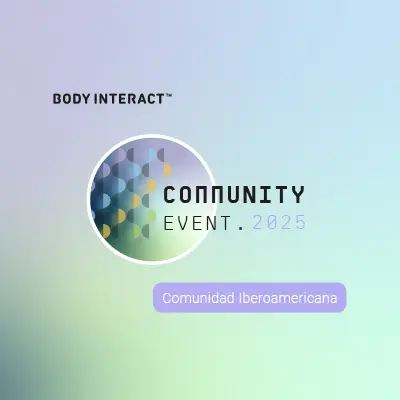
Presentation by Professor Rodolfo Paredes
The University of André Belos, in Chile, started using Body Interact in 2016. By providing accounts to teachers, they were able to use it in their Simulation Hospital. They started using Body Interact in Internal Medicine (4th year) and, in 2017, they also introduced it in Problem-based Medicine (3rd year).
In 2020 the situation changed, and Body Interact, the Virtual Patient Simulator was presented to educators from different subjects and it was introduced in careers such as Nursing, Obstetrics, Chemistry, and Pharmacology. In 2021, the number of students practicing with virtual patients went from 500 to 1500.
Track learners’ performance with real-time detailed dashboards
Hybrid Flexible system represents the three ways students can be involved in classes:
- In-person,
- Synchronously online – taking part in the class but not physically attending, and
- Asynchronous online – reviewing the class later throughout the recording.
According to the literature, this Hybrid Flexible system is pretty simple to implement in theoretical classes but, what about practical ones?
According to Professor Rodolfo Paredes, one of the solutions they implemented was to solve clinical scenarios together. However, more than just making a quick decision with a wide range of students, the professor was able to pause the case resolution and ask the small working groups to discuss what would be the next steps and explain the rationale behind it to the other groups. This would allow students to comply with the different learning objectives, making sure they were all involved in the action plan at the same time they were understanding and knowing how to justify their reasoning.
In order to comply with the rules established, the working groups within each interactive screen shifted from 6 in-person students to 3 in-person and 3 online, plus 2 professors as moderators. The professors were essential to the success of the strategy as one of them was focused on the in-person students and the other one was focused on the chat and online interaction.
Track learners’ performance with real-time detailed dashboards
With the help of the Body Interact Learning Management System – BI Studio – the University was able, ahead of time, to prepare the sessions and home exercises. This way, not only the classes were able to be carefully prepared by the educators, but also with access to individual students’ accounts, they were able to expand the learning outside the class.
During the lockdown, in which, solely online classes were being provided, Virtual Patient Simulation became the main tool for practice, but as soon as face-to-face classes returned, Body Interact began to be used for students to practice the scenario or scenarios within the same clinical condition, before and after the group work.
During the first year, the University understood that the audio system was the major technical concern they needed to improve in order to make the Hybrid solution more successful. After this improvement, also the internal evaluation from the students regarding their experience achieved higher values and pushed educators to keep thinking in an innovative way and be ready to face any challenge within the education system.
Would you like to get to know more about Professor Rodolfo Paredes’ experience with Body Interact virtual patients? Take a look at the recording:
by Rita Flores – Body Interact Mkt and Commmunication Responsible








